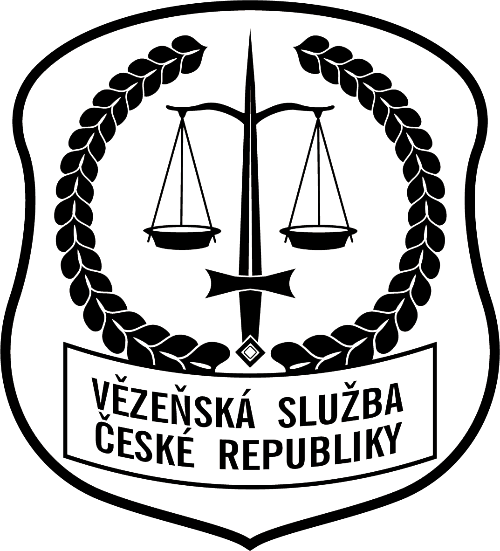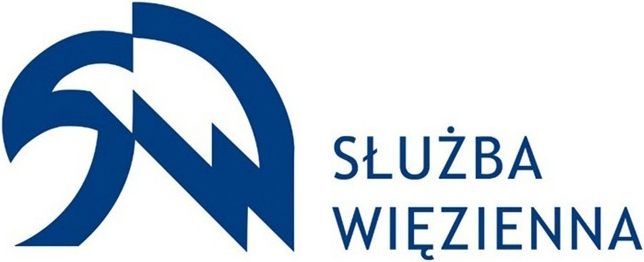History of the Prison
Together with the prison in Leopoldov, the Ilava Prison is one of the oldest in Slovakia. The original Gothic castle, believed to have been founded by the Knights Templar, served to guard a vital ford across the Váh River and oversaw the intersection of important long-distance trade routes (it was one of the so-called water castles). In 1693, the Ilava Castle and its estate were sold by the Hungarian king into private hands. The new owner rebuilt the lower part of the castle and gave the upper part to the Archbishop of Esztergom, who decided to establish the first Trinitarian monastery in Hungary there. In addition to the monastery, the Trinitarians also founded a hospital and laid the foundation stone for a twin-nave church.
In 1856, the monastery was converted—with relatively few modifications—into a national prison for prisoners serving sentences of more than 10 years. In 1889, it was decided to expand the prison with the construction of a new building, the so-called solitary confinement unit, which was completed in 1896. At that time, the prison had a capacity of up to one thousand prisoners.
Following the establishment of the Slovak State (1939–1945), the prison played an important role for the regime. The Komenský Institute was relocated from Košice to Ilava, later renamed the State Reformatory, serving as a correctional facility for adolescents. The site also became a detention camp for political dissidents and those persecuted on racial grounds—at the time, the largest camp for political prisoners. Between 1938 and 1950, the State Security Headquarters operated in Ilava, along with labour camps and a women’s prison.
Until 1977, the Ilava Prison also functioned as a prison hospital. Until 1986, it had a special ward for elderly prisoners, those suffering from long-term illnesses, and those deemed unfit for any kind of work due to disability. The prison also housed a central clothing distribution unit and an escort centre.
The democratic changes of 1989 brought new perspectives to Slovak society. In the field of corrections, the most significant change was the abolition of the death penalty, which was replaced by life imprisonment. As a result, in 1992, a special unit for life-sentenced prisoners was established at Ilava Prison, initially with a capacity of 41 places (expanded to 73 places in 2000).
Between 2007 and 2010, Building No. 5 (the solitary confinement unit) was reconstructed, and an annex was added to Building No. 8 (serving as support facilities for remand detention). Since 2010, Building No. 5 has been used to accommodate both remand and sentenced prisoners in specialised units. In 2015–2016, Building No. 4 (the former laundry, also known as the bastion) was reconstructed into an accommodation facility for sentenced prisoners, increasing the prison’s capacity by 58 places.
The Present
Ilava Prison currently houses sentenced male prisoners classified under medium and maximum security levels, as well as prisoners serving life sentences. It also provides remand detention for the Specialised Criminal Court, all courts in the Slovak Republic in cases involving serious criminal offences (including organized crime, suspects for whom a sentence of over 15 years or life imprisonment is anticipated), the Regional Court in Žilina, the District Courts in Prievidza and Žilina, and the regional branches in Bánovce nad Bebravou, Partizánske, and Čadca. The prison ensures, through its Court Guard unit, the protection and order at four courts and prosecutor’s offices within the Trenčín Region.
The total capacity of the prison is 846, of which 169 places are designated for remand prisoners and 677 for sentenced prisoners.
Remand detention has been carried out at the prison since 2010 and is provided separately for male and female remand prisoners in standard and mitigated regime units. The treatment of this category of prisoners is based on the purpose of remand detention while ensuring the rights guaranteed by applicable legislation. Psychological and social intervention is provided to remand prisoners when necessary.
To improve the effectiveness of imprisonment of sentenced prisoners for specific categories of sentenced prisoners, the prison has established, in addition to standard housing units, several specialised units – an admission unit, a life sentence unit, a closed unit, a pre-release unit, and a unit with a security regime that includes a de-escalation room.
As part of the pre-release unit, the prison is actively involved in the long-term national project Chance for Return, funded by the European Social Fund under the Human Resources Operational Programme, Priority Axis: Social Inclusion. The project addresses the need to connect prison and post-prison policies, reduce the risk of recidivism, and prevent crisis situations arising in the immediate environment of individuals returning from imprisonment. The project’s core activity focuses on the resocialisation and active reintegration of prisoners into society and the labour market, and on improving their access to social services.
Cultural and Educational Activities
Cultural and educational activities at the prison are focused primarily on the following areas: educational programmes, leisure and sports activities, use of the prison library, watching television and listening to radio broadcasts, reading newspapers and magazines, and participating in cultural, educational, and entertainment events. These include concerts, theatrical performances, lectures, and discussions with public figures from sports, society, and culture, all of which contribute to raising the cultural level and general education of the sentenced prisoners. The prison has a multipurpose room with a stage, equipped with a sound and lighting system. This facility is used for educational purposes and for organising joint cultural events. Various interest groups are active in the prison, offering prisoners opportunities to engage in a wide range of hobbies. Within the editorial group, prisoners publish a magazine called MOTÝĽ, which enjoys great popularity among the prison population. The prison also operates a library with a collection of more than 5,000 titles, consisting of both Slovak and foreign literature of various genres.
Education
The prison provides education for sentenced prisoners in cooperation with the Secondary Vocational School in Pruské and the Secondary Technical Vocational School in Dubnica nad Váhom. Full-time classes are held in off-site classrooms within the prison.
The offered study programmes include:
– a 2-year post-secondary programme with a school-leaving certificate in Crafts and Services Entrepreneurship,
– a 2-year post-secondary programme with a school-leaving certificate in Mechanical Engineering – Business and Services,
– a 3-year vocational programme in Butchery,
– a 3-year vocational programme in Gardening,
– a 2-year vocational programme in Carpentry, and
– a 4-year vocational programme in Confectionery and Cooking.
Health Care
Health care for remand and sentenced prisoners, as well as for prison staff, is provided by qualified medical personnel in four outpatient clinics. The inpatient ward for ill sentenced prisoners has a capacity of 27 beds.
Religious Services
Regular Catholic pastoral care for remand and sentenced prisoners is provided by a prison chaplain. Spiritual services are offered on a voluntary basis in the Chapel of Our Lady of Sorrows and the Chapel of the Sacred Heart of Jesus. Regular ecumenical pastoral care is provided by an Evangelical (Augsburg Confession) prison pastor. This form of care is also based on voluntariness and is carried out individually or in groups in the ecumenical pastoral room and in the chapel within the security regime unit. Catholic and ecumenical pastoral care for prison staff, employees, and their family members is also provided by the prison chaplain and the Evangelical prison pastor. Spiritual care for non-Catholic believers is provided on a voluntary basis by persons authorised by their respective churches or religious communities, in accordance with the list of registered churches and religious organisations in the Slovak Republic and based on their expressed interest.
Employment
The employment of sentenced and remand prisoners is an effective and consistently used tool for achieving the goals of resocialisation. Currently, more than 185 sentenced prisoners are assigned to work in the prison industry units. Most of this work is related to the automotive industry, where prisoners perform assembly tasks such as completing cable harnesses, assembling car handles, sealing components, and winding coils. In the glass industry, they are involved in repackaging glassware. Another employment option for sentenced prisoners is work for external contractors, particularly in the wood-processing industry and waste sorting. The prison also has long-standing experience in furniture production. The Woodworking Centre manufactures furniture for a wide range of state and public institutions. In addition, 58 prisoners are employed in internal prison operations, performing essential maintenance and support work. The average employment rate of sentenced and remand prisoners at Ilava Prison has long been maintained at 70–80% of those eligible for work. The prison premises also include a laundry and cleaning complex, which provides laundry services for prisoners in Ilava and for other facilities of the Corps of Prison and Court Guard in the region.
Prison Personnel
The prison service is carried out by specialised personnel—members and employees of the Corps of Prison and Court Guard. Currently, approximately 330 members and 32 employees are involved in fulfilling service and work duties at the prison. All staff are fully qualified to work under the conditions of the prison.
In terms of education levels:
– 27.40% of the staff hold a second-level university degree,
– 8.22% hold a first-level university degree,
– 62.74% have completed secondary school, and
– 1.64% hold a vocational secondary qualification.
Women make up 21.64% of the total staff.
Social Programme
The prison operates a shooting range, which serves not only for live-fire training but also for organising sports, tactical, and social events. As part of the social programme, the prison maintains service apartments. It also provides access to a sports hall and gym located within the prison for staff use. Additionally, the prison operates a transit accommodation facility for short-term housing of staff from Ilava prison and from other prisons, typically for participants of training events, seminars, or international cooperation visits.
International Cooperation
Ilava Prison has maintained professional relations with Mírov Prison in the Czech Republic for several decades. The cooperation is particularly significant in the area of imprisonment of life-sentenced prisoners.







